Fat Fritz and the 1200 - Chess Improvement made Easy!
2019 was a landmark year for Chess. World Triple Crown Champion Magnus Carlsen shrugged off his abysmal 2018 to become a Terminator of top class players, Vishy Anand continued to remain relevant at 50, Radjabov banishing the ghosts of London 2013 with a World Cup in his hands- the list goes on. The one development however that shook up the chess world was Fat Fritz, an AI which learnt from self play as well as the very best of human games. The pertinent question however remained unanswered - how does an ordinary club player, or ambitious lower rated players make use of this technology to improve their games. In this comprehensive article, Tanmay Srinath tells us why having a more 'Human' Engine makes all the difference in the world regarding Chess Improvement.
I recently watched the trend making 2 video series on what books to read in order to improve as a chess player, by the esteemed IM Saravanan. In that he mentioned a few things - one should not use engines till one is 2100-2200, and that in general we should only use them for blunder checking after checking our own games. While I don't claim to possess more knowledge than IM Saravanan, who I respect deeply for his oceanic knowledge about the game, I have worked enough with Fat Fritz to respectfully disagree with him on a few points. The reader will soon understand why I mention Fat Fritz specifically.
Before going in deeper, let us try to distinguish an NN engine like Fat Fritz from a normal AB engine like Stockfish. There are primarily three areas where we can find end to end differences between the two:
1. Search Algorithm.
2. Depth (or Lack of it).
3. Evaluation ( The most important).
The 1st point has been explained very well by previous articles on NN and AB engines, so I will not go into depth about it. Safe to say one sentence - Stockfish uses Brute Force search while Fat Fritz plays a lot of games against itself to find the best move.
It is from the 2nd point that things start to get tricky. Firstly, NN engines are notorious for reaching relatively low depths compared to Stockfish and other top AB engines in a given frame of time. This is largely due to the nature of the NN, which is incredibly vast and requires large amounts of computing power to traverse. But does the large difference matter? According to experts, it is not the depth, but the time you give to a NN engine on a particular move that is important. Whereas for Stockfish a depth of 40 is required for some correctness of analysis, for Fat Fritz I would say that in general a running time of 5 minutes gives quality analysis in most positions, which amounts to a depth of 30 at best. Here it is about quality, not about quantity. The time taken to reach depth 40 is different for different computers, and most importantly for different positions, so I will not specify a duration of time. Safe to say though from experience that the analysis level of Fat Fritz at depth 30 is vastly superior. Why?
The answer to that question lies in the PV or Principal Variation. In the book Thinking Inside The Box, Nikolaos Ntirlis had written a chapter on how to use chess engines. In that, he mentions that the the Principal Variation, or the Engine's First Choice, is more or less completely wrong most of the time because the engines perform a process called pruning, where they cut down on moves that don't seem to win the most number of pawns immediately. The 1st move suggested by the engine might be correct - I say might be because they suffer from a lack of understanding, but anything after that should be taken with increasing pinches of salt!
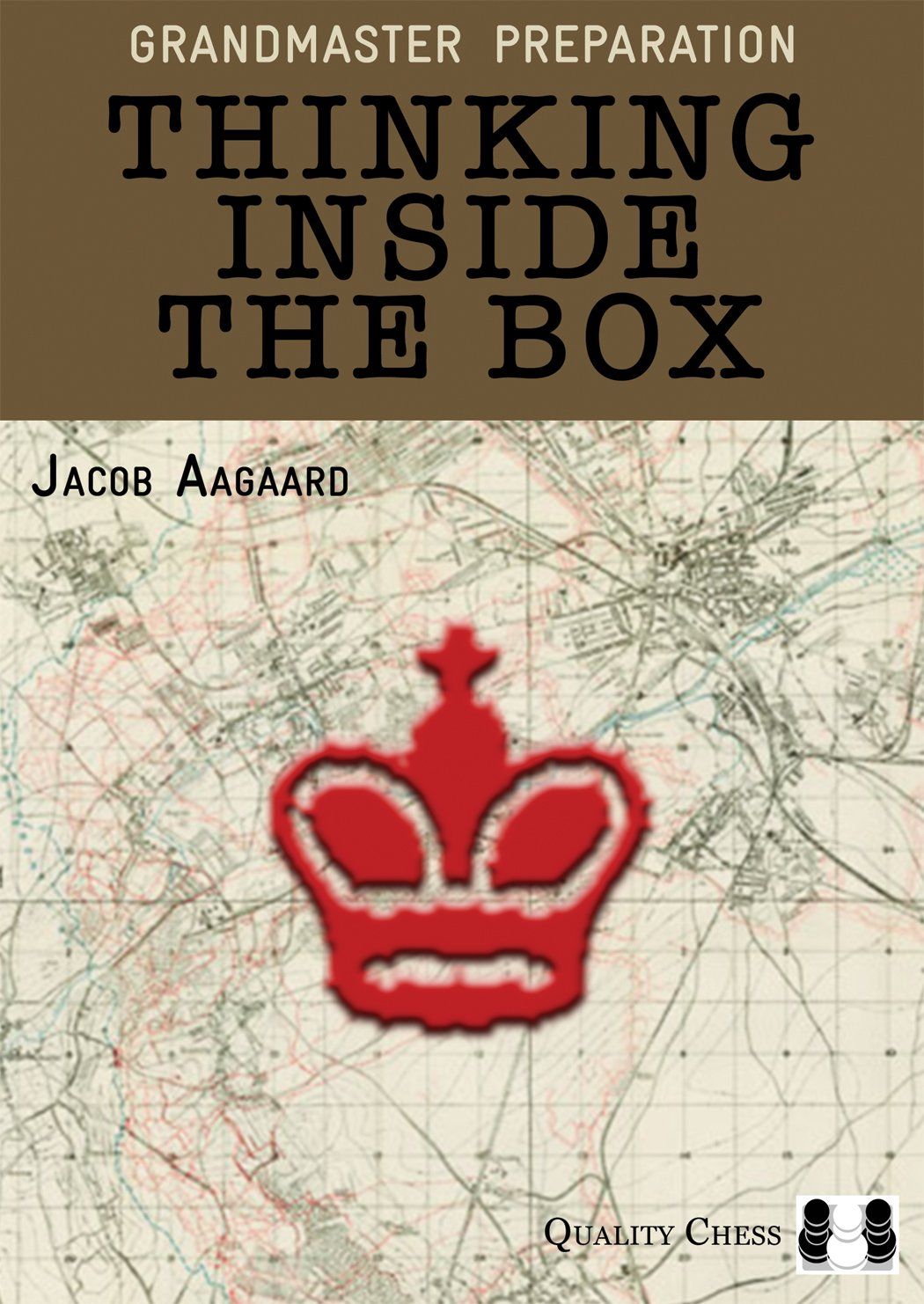
However, when Nikos wrote it in 2016, there were no NN engines. His argument is perfectly applicable to AB engines - Stockfish especially, which is incredibly strong but sometimes quite weak, especially in decisions involving material imbalances. However, I have noticed that in Fat Fritz this problem is very rarely encountered, and thus if we are in a hurry it provides the most correct solution of all engines currently available. With this in mind, let us come to the 3rd point, and most important of all.
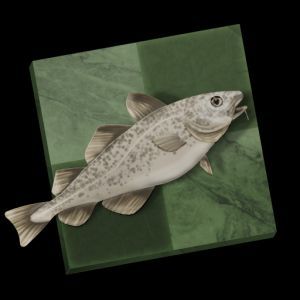
Stockfish (I keep mentioning it as it is the most powerful engine currently available for free!) bases its evaluation on the number of pawns it can win with a given sequence. Thus, its primary motivation is winning material. This is important, as in unclear positions, it sees nothing better than to evaluate the position as 0.00, a number that has caused a lot of irritation at all levels of the game, and possibly the reason why some strong players like Gelfand ask the amateur not to use engines - the positional imbalances are not properly evaluated otherwise. This is the reason why I said that the engines can't be trusted to find the best possible continuation starting from move 1 to move 5 - at a given moment it can only guide us on where to look, but otherwise it is our headache to find out of the 5 moves that show 0.00 evaluation which move is actually causing the most problems for the opponent. With this background, it becomes easy to understand why NN engines are increasingly preferred for analysis.
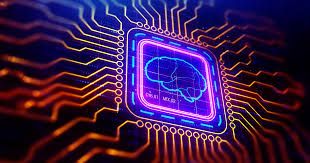
Fat Fritz, the talking point of this article, bases its evaluation on the win probability i.e it plays a number of games against itself and gives the moves that win it the most number of games. One can immediately notice that this evaluation function is more human. Thus, even in the most bizarre of situations, Fat Fritz is able to come up with a definitive conclusion and not just 3 zeros, a factor that makes its analysis all the better to learn from. Since Fat Fritz has learnt from human games, its positional understanding is way beyond the normal engines - as GM Kaufman says - "The NN engines "know" things that are too complex to teach to a standard engine, we don't even know what they are!" This explanation coming from a strong GM who has developed the boa constrictor like Komodo is very helpful - we know where to look if we want to play better human chess!
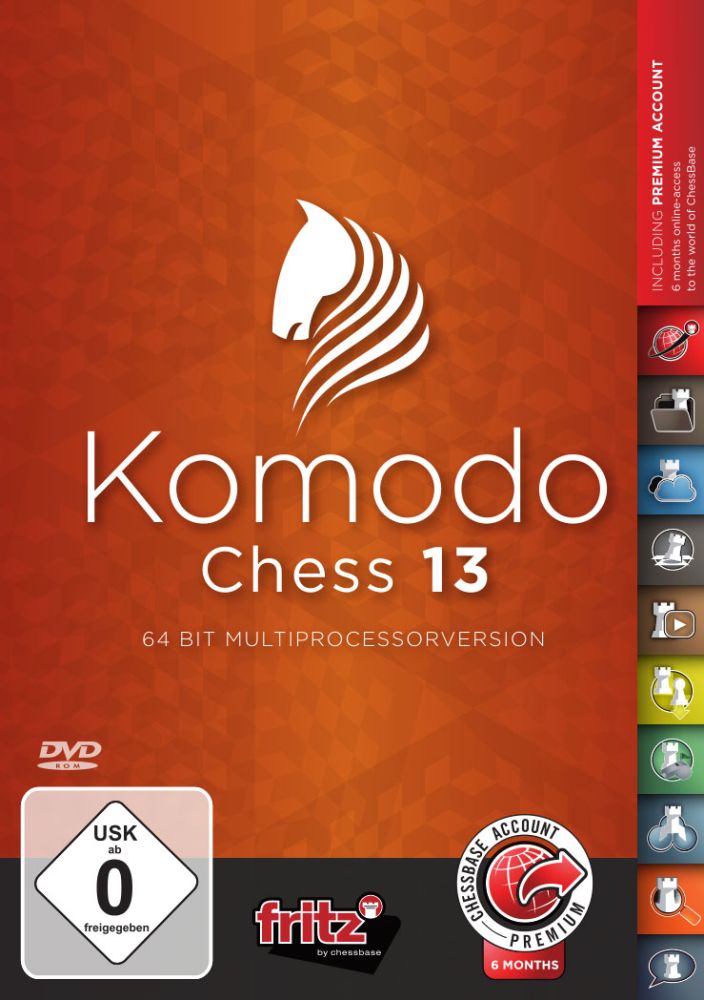
Having explained the 3 distinguishing factors, it is time to put them point-wise to draw some definitive conclusions:
1. Search Algorithm - this portion is of little interest to amateurs, but it is important to know what it is in generic terms to understand the next two factors.
2. Depth - Again, not as important as evaluation, but useful to know. The fact that the PV is wrong most of the time is definitely news to most of the readers, but experienced analysts will be nodding in the background - they have faced this problem numerous times themselves!
3. Evaluation - This is the one that Amateurs should look at in depth. Whenever we want to find our mistakes, we want to know what else to play right. Magnus has done this repeatedly - he finds moves and plans that systematically reduce the number of playable moves for his opponent till he has to find the only move, when he fails and loses. In such situations the AB engine is useless as the 0.00 continues right upto the point he blunders right? However, if we check out Magnus' games with Fat Fritz or Alpha Zero, similarities start to appear rather frequently because the approach seems the same - they don't assume the opponent to be perfect, they find moves that might not be 100% correct but ones that makes life difficult for their opponent, and lastly they evaluate in similar fashion. Thus, using NN engines to analyse our games is far more beneficial - we can find human analysis in the sense that these engines give us options to make our opponent's life hell, and that for me is a much better option that evaluating each position in an objective sense of how many pawns you win!
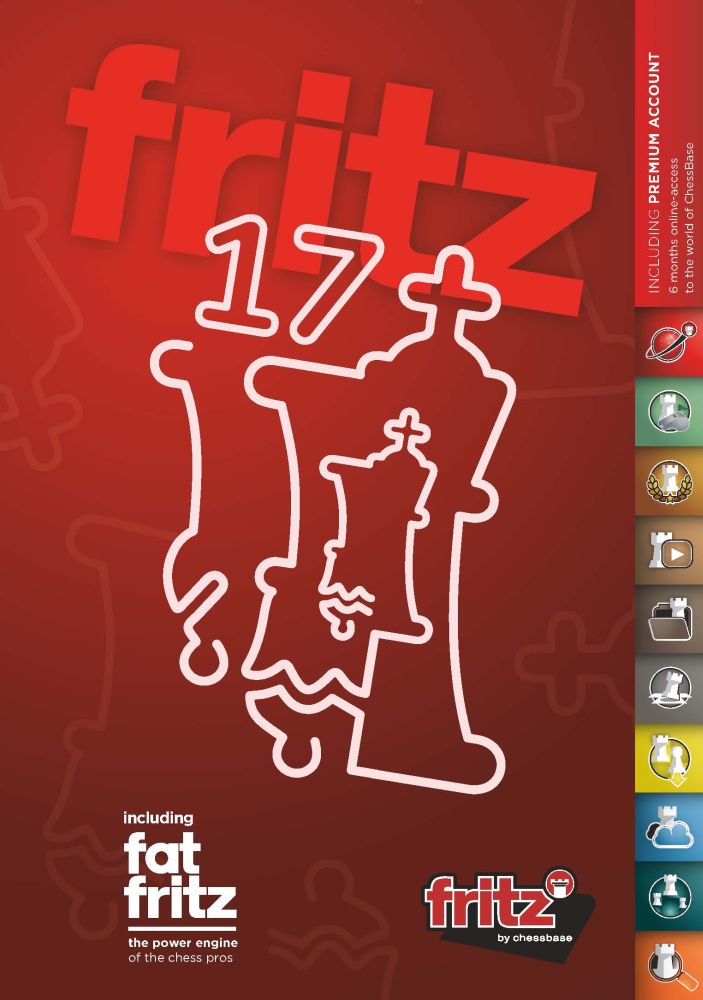
Lastly, I mention one more point in favour of Fat Fritz - it doesn't lose strength when it is asked to show numerous possibilities - this is one more situation which amateurs will like - to be able to find out moves that are not perfect, but decent enough. This is most important in cases where people don't have ready-made contact with strong players and have to rely on engines to tell them what is right and what is wrong.
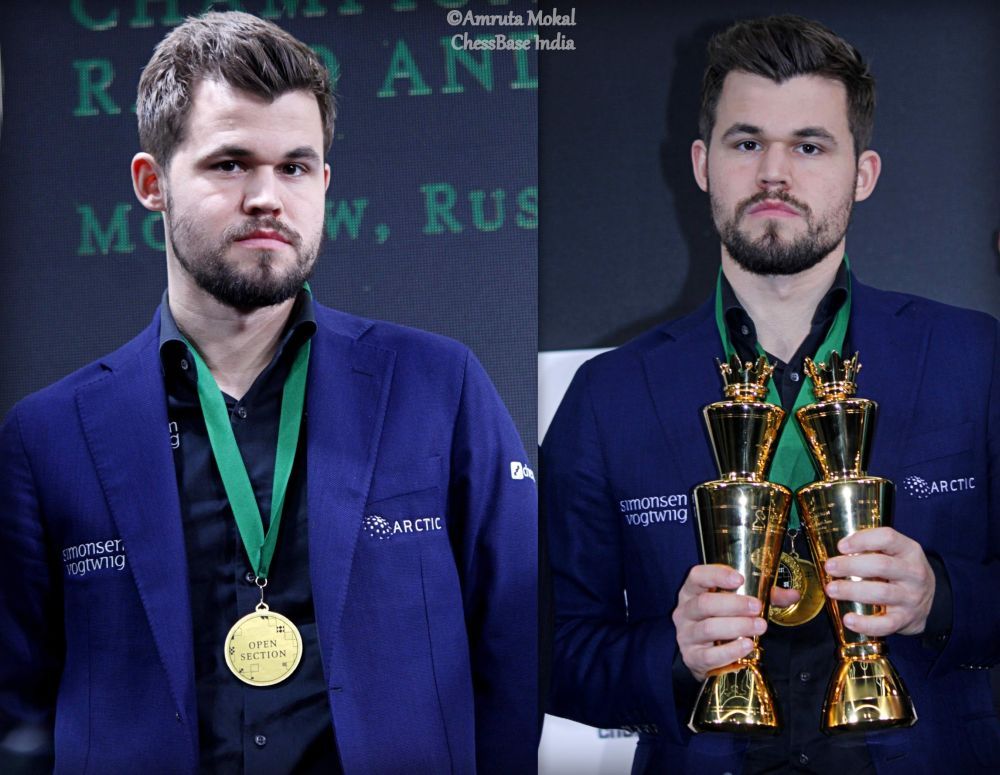
What differentiates Fat Fritz from Leela? Well, apart from being twice as fast (tested on my new Laptop), Fat Fritz is a lot more aggressive when analysing. and is tactically superior when compared to Leela - this really makes a big difference in all levels, especially upto 2000 elo, where players tend to complicate at the first possible sight of losing. Thus, one can list out the advantages of using Fat Fritz correctly:
1. No 0.00!! This is most important - giving us direction when there is no compass!
2. An increasingly human analysis - most important when we don't have strong human chess players to guide us.
3. An aggressive attitude - what young players need to learn first are tactics and the art of attack. Fat Fritz is very useful in this regard.
4. Little/ No PV Problem : This is perhaps the defining factor of this AI - I have very rarely found improvements deep into the line of Fat Fritz after giving it sufficient time to think. It very rarely seems to go wrong in this aspect, and most of its intuitive first choices are the ones that it will end up playing. Again, useful right? We wait once, for a sufficient period of time, and once Fat Fritz gives us 2/3 lines we investigate them briefly, adding some moves along the way, until we end up with a file worthy of a World Champion. Awesome!
I'm sure that by now most of the readers are clamouring for proof. Well, turn your attention to the following position:
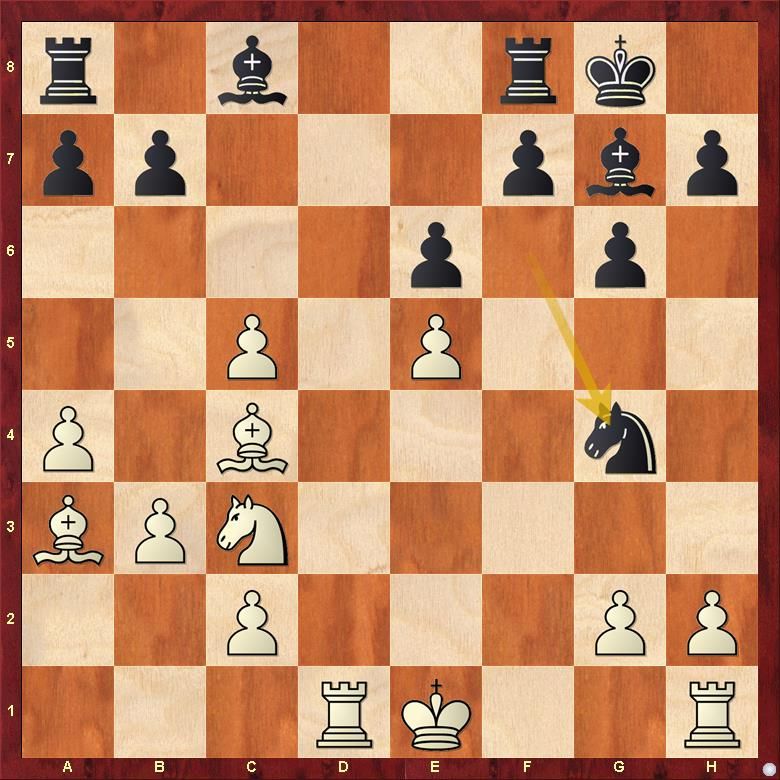
This position was reached almost by force from the main line of the 3...Qd6 Scandinavian. I was part of an interesting Facebook discussion with the Greek GM Vassilios Kotronias and CIM Nikolaos Ntirlis regarding the soundness of the line. They kept telling me that inherently this position like many others in the Qd6 Scandinavian is known to hold for Black. Given the Fat Fritz advantage I possessed, I wanted to prove them wrong. Of course before doing so I went through what Vassilios had written in his acclaimed book the Safest Scandinavian. My eyes quickly lit up in this position. The author mentions that 15.c6 as the only move in the position, but being a major Tal and Alpha Zero fan, I always want to sacrifice material, not take it! Kotronias' evaluation at the end of the line was correct as usual, but his evaluation of 15.c6 being the best move was mistaken, as it often happens in books of that size and the limited time given to finish it.
Me and Fat Fritz immediately zoned in on 15.Ne4!!, a fantastic move not considered by Stockfish as seriously as 15.c6, but more importantly, a continuation that it (Stockfish) assesses rather miserably! Now after the best 15...Ne3 Stockfish considers only the boring 16.Rd2? and not the fantastic and absolutely correct 16.Bb2!!. Now after a few forced moves we reach the following position which shows the deficiencies of AB engines in full glory:
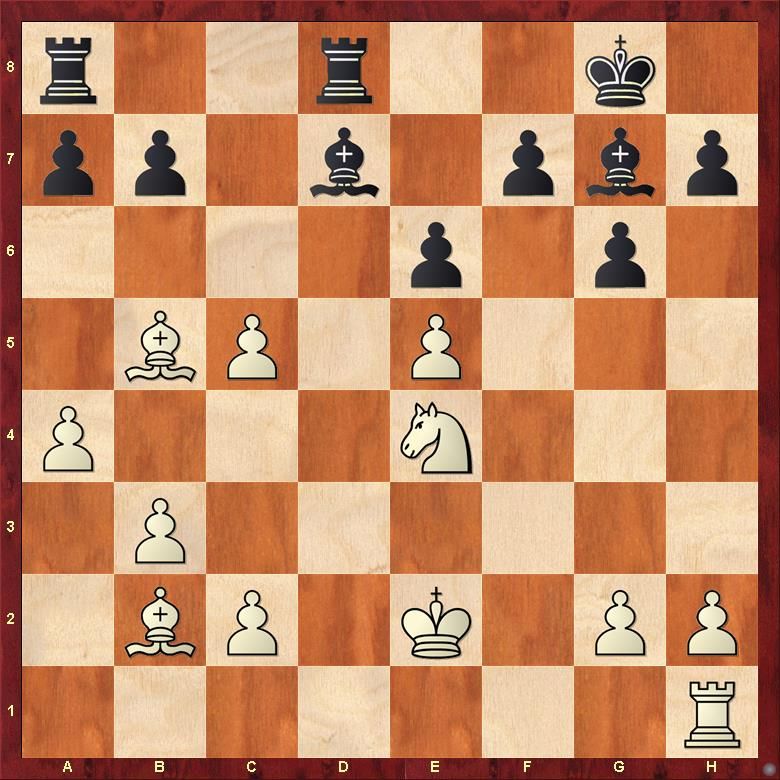
How to assess this? Before we go to my assessment, let us understand what three engine thinks about this position:
1) Fat Fritz CUDA:
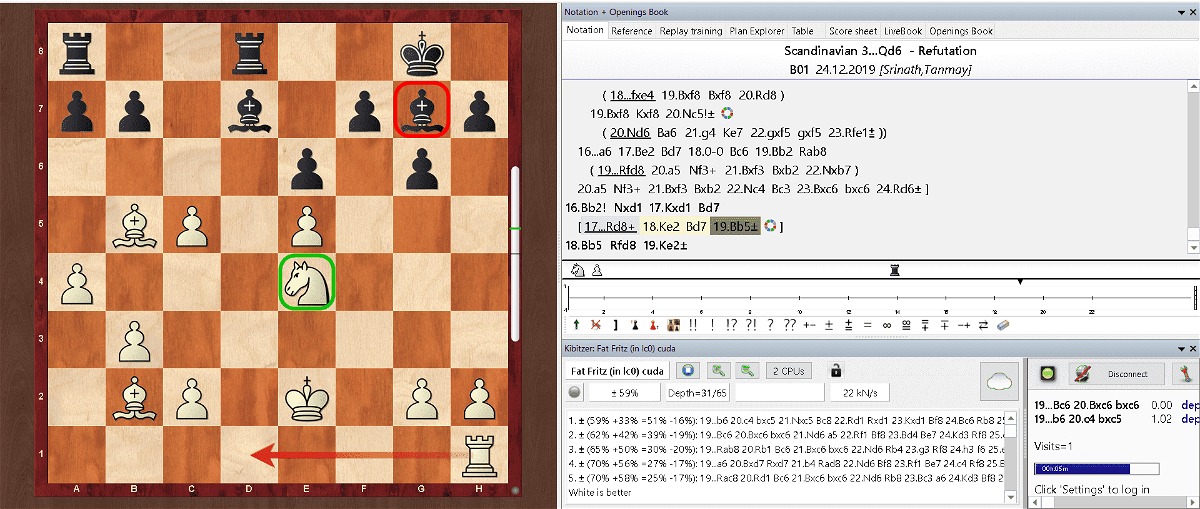
2)Leela v22.0 CUDA :
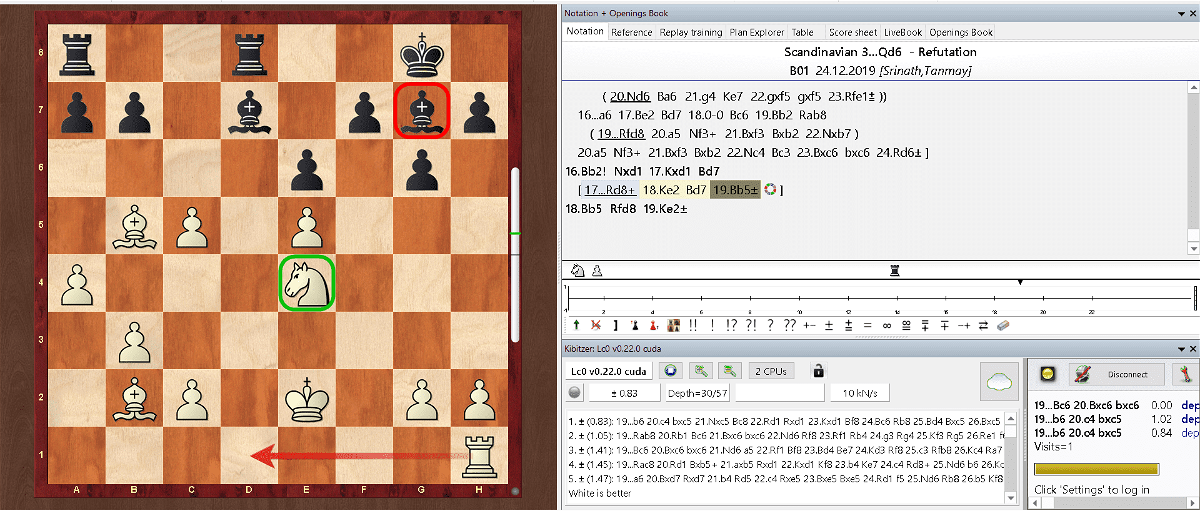
3) Stockfish 101219 64 Bit BMI2:
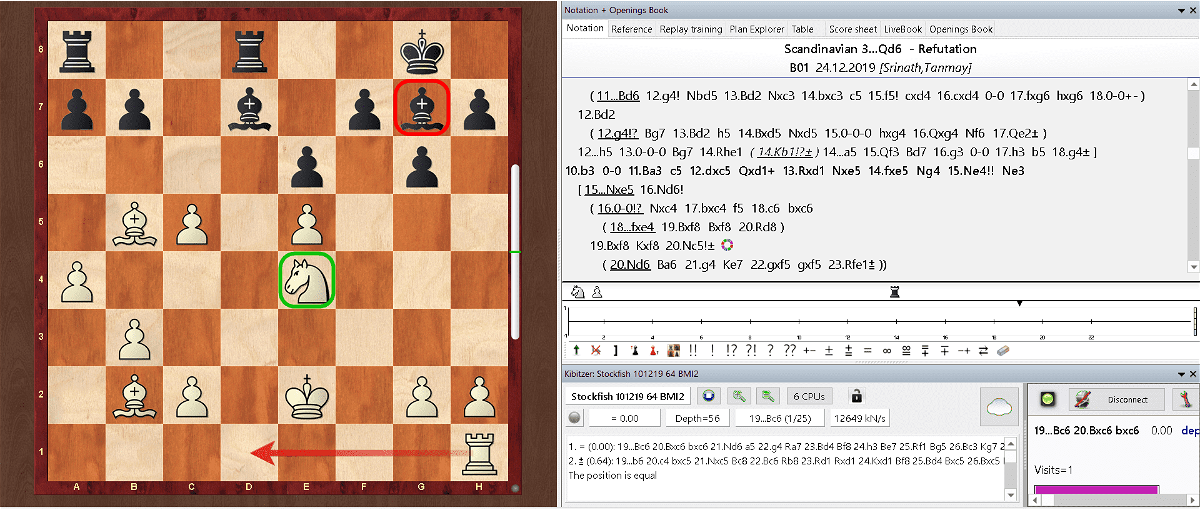
As the technical minds can observe, this is a slightly lopsided test - in favour of Stockfish! Let me explain my Laptop specs first before going ahead:
1. Processor - Intel Core i7 9750H 2.6 GHz (Turbo Boost 4.5 GHz) 6 Core
2. Graphics Card - NVIDIA GE FORCE GTX 1660Ti 6 GB.
As one can now see, this arrangement favours Stockfish due to the slightly old non-RTX Graphics card. Despite this, and a clear advantage in depth reached and number of nodes of analysis of this position, Stockfish is wrong! How and Why?
The image shows the e4 knight in Green and Black's DS bishop in Red. Why the colours? I feel that in this specific position the knight is a fantastic piece - it has two target squares clearly available (f6 and d6), while Black's g7 bishop is hitting granite be it on f8 or g7. Also, note the number of open files - 1. It can be effectively blocked by an octopus on d6, thus rendering two Black rooks useless. If the knight is taken, White is granted a protected passed pawn on the 6th rank, a nearly decisive advantage that renders Black's extra exchange useless. Also, note White's centralised king and advanced queenside - any endgame definitely favours him. All this for one pawn? You bet White is better! In fact, I can safely say that even in a correspondence game Black will struggle to hold this and lose. Why? This is the exact sort of position that an AB engine can't 'solve'!
White is an exchange down yes, but how does Black take advantage? He has one open file which White will block with his next move, he has two rooks sitting passively on the last rank and his bishop is a tall pawn on the 7th rank. He doesn't have a single useful pawn break. Is he lost? Maybe not, but he is definitely borderline losing due to passivity. My conclusions in this position is clear - I agree with Fat Fritz and Leela Chess Zero fully.
Does this mean Stockfish is useless? Not at all! It remains relevant in positions where brute force analysis is the norm, and it is still the better calculator. However, unless there is a dramatic improvement in its level, I choose not to use it while analyzing. Why? Well, it is far more difficult to play creative chess when you have a stone cold monster sitting by your side and yelling equal! I want to experiment, improvise, invent. All that can happen best if I have an engine which strives not for pawn collection but for wins, which thinks subjectively and objectively equally well, and which can provide me chances, not numbers.
In conclusion, what can I say? I have clearly illustrated where and why Fat Fritz is better, and why it is suitable for not only the World's Top 10 but also the younger ambitious players and to the players who play for the fun and thrill. The latter was not touched upon so deeply, but for them I still have a message - if you are constantly irritated by the level of drawn lines your opponent executes over the board, try out Fat Fritz, and actively participate with it. You will notice chess getting a lot more fun!
Is Fat Fritz shortening our rise to the top? Yes, I think so. I have definitely improved by using it actively, by working WITH it and not for it. As a human, it is important not to make the engine a crutch, but rather a healthy energising snack that propels the brain to work harder! I hope that I continue to do justice with this wonderful chess AI, and for those not yet in the bandwagon, hop in! Its a lot of fun here you know!!
About the Author:
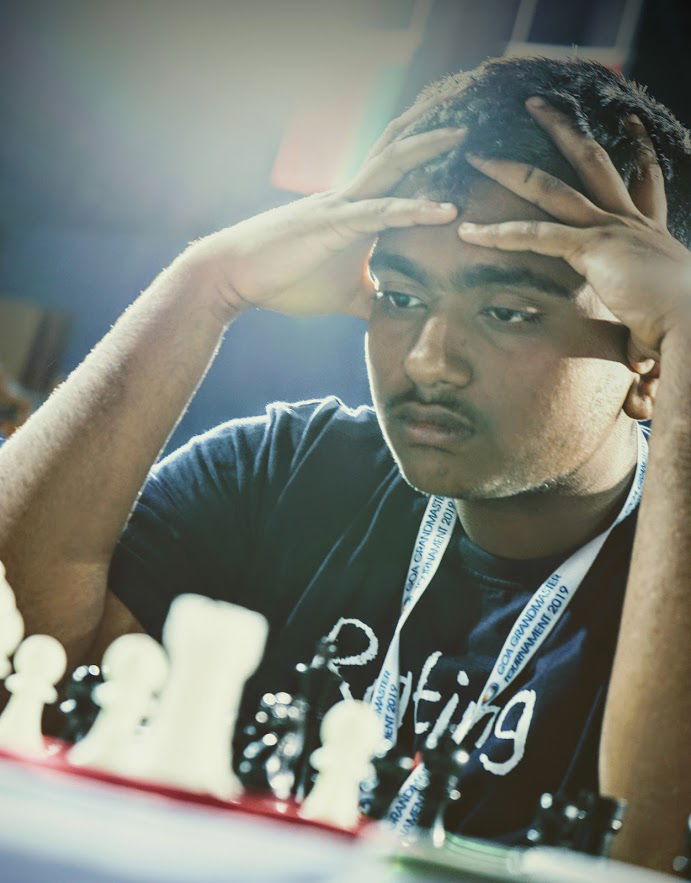
Tanmay Srinath is an 19-year-old chess player from Bangalore, Karnataka, currently pursuing both chess and engineering at BMSCE Bangalore. Tanmay is also a Taekwondo Black Belt, who has represented the country in an International Tournament in Thailand. He is a big fan of Mikhail Tal and Vishy Anand, and sincerely believes in doing his bit to Power Chess in India!











